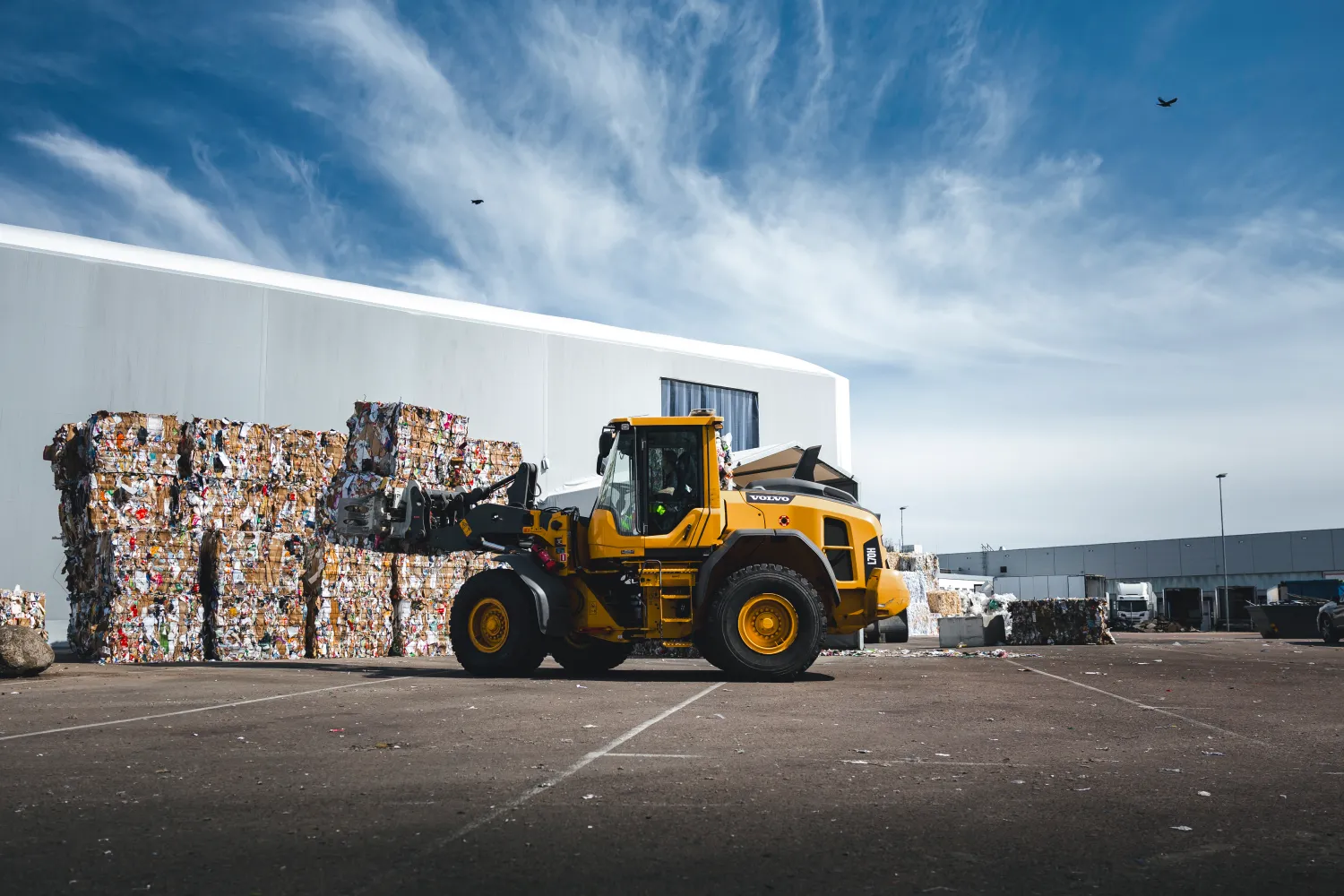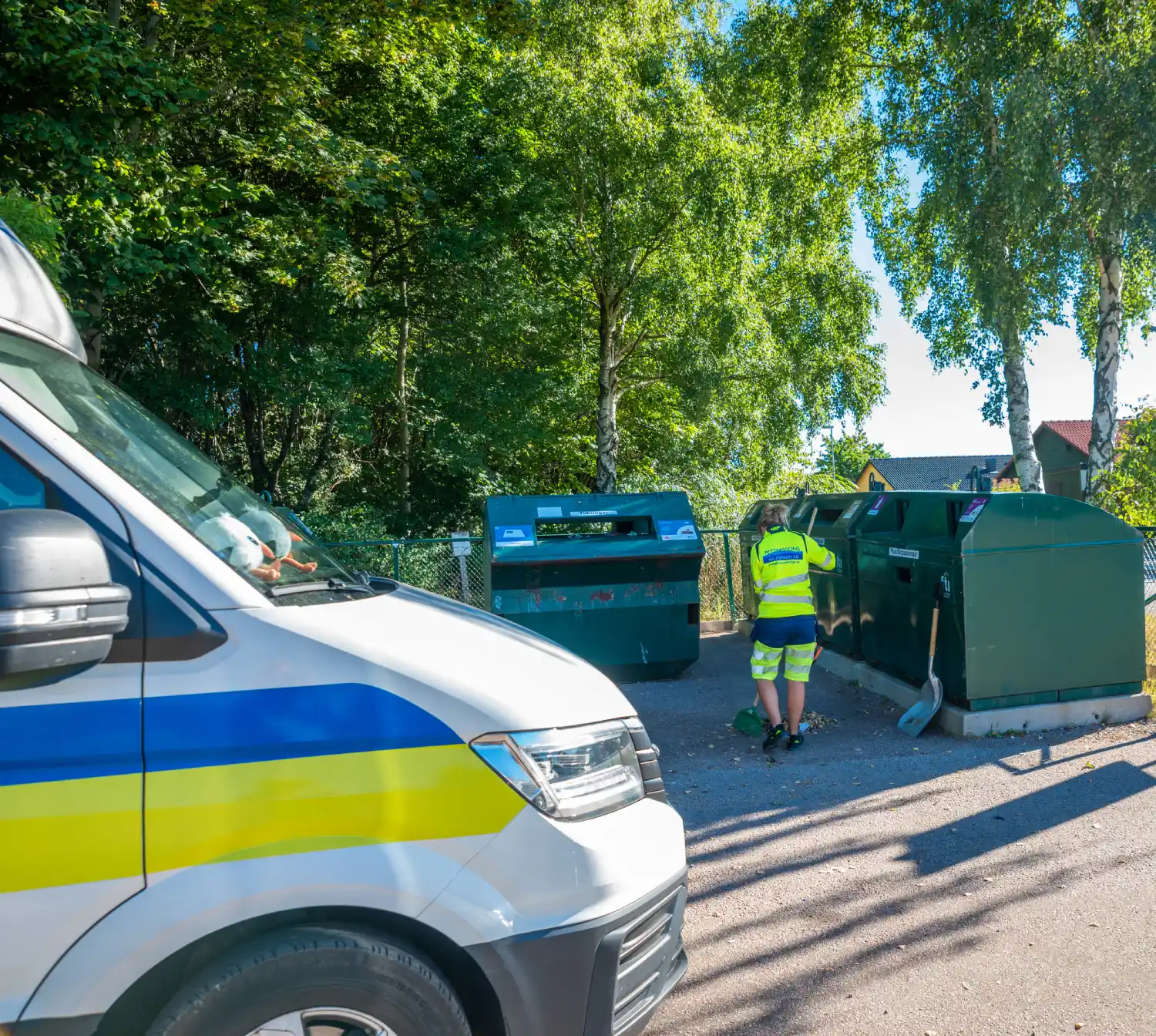Real-World Solutions for Recycling High Volumes Effectively
Real-World Solutions for Recycling High Volumes Effectively
Blog Article
Recycling in a world filled up with varied presentation products presents both opportunities and challenges. Nowadays, people and businesses likewise need more sustainable techniques while governments progressively implement stricter regulations for spend management. But, the difficulty of handling varied appearance components suggests handling distinctive recycling demands for every type. This informative article takes a deeper go through the current developments, challenges, and alternatives in creating successful Recycling (Återvinning) techniques for diverse presentation materials.
The Difficulty of Different Presentation Components
Appearance components have come a considerable ways from easy cardboard boxes. Nowadays, they include parts, glass, material, paperboard, and multi-layered composites, among others. Every type comes having its distinctive set of recycling requirements. As an example:
Plastic: While plastic is light and durable, their numerous forms (like PET, HDPE, LDPE, and PVC) usually involve split up collection and processing methods. Mismanagement can cause contamination and inefficiencies in recycling streams.

Metal: Metal and container beers remain highly recyclable, however not without appropriate working to avoid contamination with non-recyclable metallic items.
Glass: Recycling glass needs segregation by color and unique features to avoid dangers like fragmentation or contamination with ceramics.
Paperboard: Heavy, lined paperboard presentation is recyclable in many cases, nevertheless the major use of adhesives or laminates might impede the process.
Multi-layer Presentation: This category poses the absolute most significant challenge since it usually combines resources difficult to separate your lives, such as aluminum and plastic levels in treat packaging.
With the international economy providing around 350 million tons of plastic annually, and appearance in charge of nearly 40% of their utilization, approaching this complexity is crucial to achieving larger recycling rates.
Obstacles in Tailoring Recycling Methods
Among the greatest issues in recycling programs is contamination, particularly when diverse products are disposed of together. For instance, when food residue clings to recycled parts or broken glass combinations with paper, the performance of recycling techniques declines significantly. Deficiencies in standardized marking programs also confuses customers and benefits in incorrect waste sorting.
Moreover, fragmented infrastructure contributes to the issue. Some municipalities lack services to process complex resources like multi-layer presentation or specific plastics, making recycling unrealistic for these items.
Towards a Circular Economy with Designed Alternatives
Building an successful recycling process to handle different packaging products involves development and collaboration. Governments, businesses, and people need to perform in alignment:
Government Initiatives: Applying Extended Maker Duty (EPR) plans may encourage companies to design presentation that is more straightforward to recycle.

Revolutionary Systems: Compound recycling methods, like depolymerization for materials, may breakdown hard-to-recycle resources for better healing rates.
Client Knowledge: Promoting clean recycling habits and obvious labeling may significantly minimize contamination in recycling streams.
Opportunities in modernizing waste management infrastructure can play a crucial position, along side ongoing research into biodegradable and reusable presentation solutions.
A Route Ahead
The variety in appearance products can be a problem, but it addittionally gift ideas a chance to improve recycling systems and techniques. A mix of technological improvements, regulatory steps, and customer attention can travel the move to an even more sustainable, circular economy. Handling the unique recycling needs of diverse products is no further an alternative but absolutely essential to overcome source depletion and protect the planet. By tackling these problems logically, worldwide neighborhoods may ensure long-term environmental viability.
Report this page